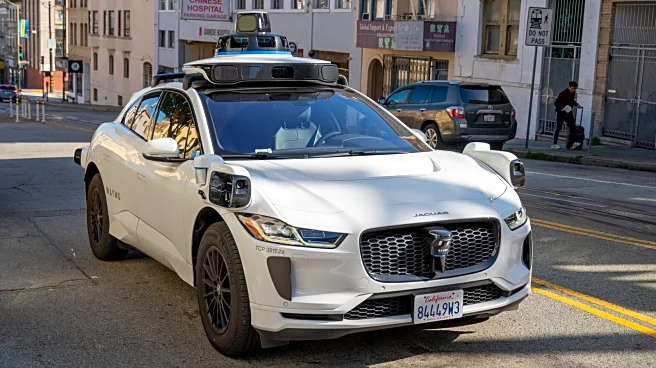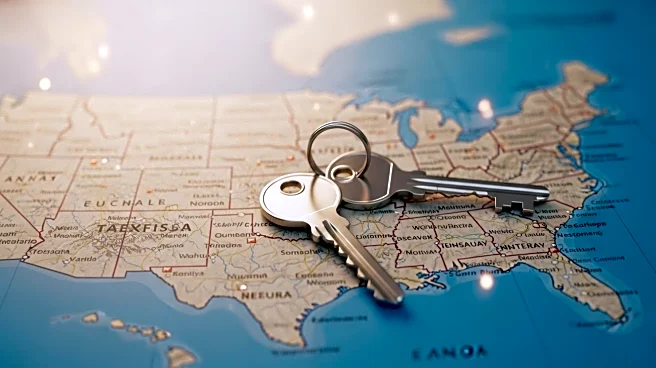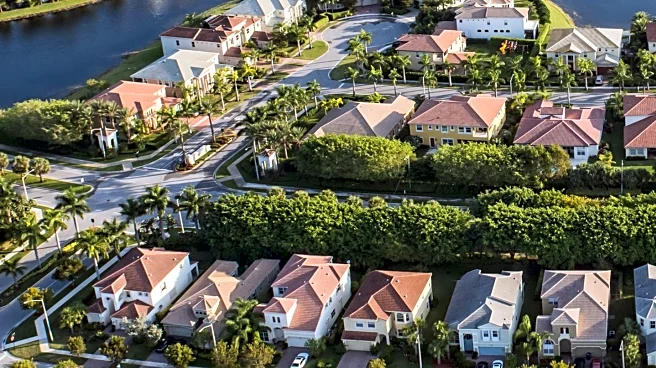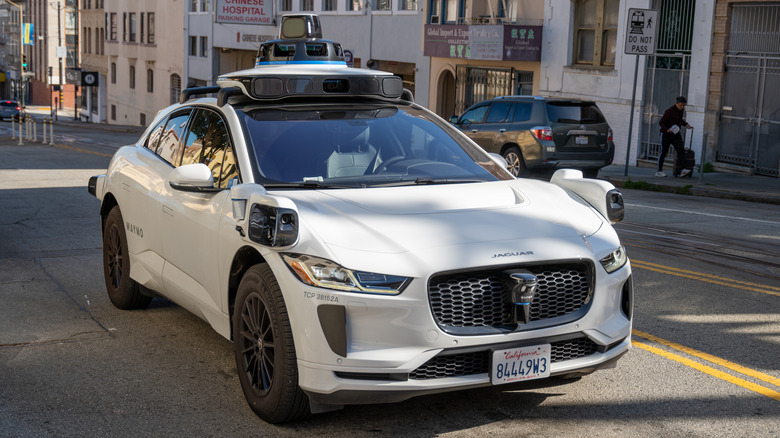
Self-driving cars were once purely science fiction, seen only on 1980s TV shows like Knight Rider, and movies like Will Smith's I, Robot. But today, autonomous cars are no longer the product of Hollywood. They're very real, and at the forefront of this exciting innovation is Waymo, an autonomous vehicle tech company owned by Alphabet Inc.
Headquartered in Mountain View, California, Waymo tech is built and installed in cars at a 239,000-square-foot facility in Mesa, Arizona. In partnership with Magna,
an international vehicle tech company, Waymo's new plant opened in 2025, producing the Jaguar I-PACE and the Zeeker RT. Waymo currently has over 1,500 vehicles, known as "robotaxis," servicing Atlanta, Austin, Phoenix, Los Angeles, and San Francisco. To make this happen, Waymo ships vehicles from Mesa to hubs in Georgia, Texas, and California, with the Phoenix fleet heading directly to work from the facility.
Waymo is currently testing vehicles in other cities, including New York, Las Vegas, and San Diego, and is expected to begin operating in Dallas, Texas, in 2026. Avis Budget Group, a company known for car and truck rentals, will partner with Waymo in Dallas, assisting with maintenance, infrastructure, and overall operations. The partnership was announced in July of 2025, and testing of the new service area started shortly after. Waymo's expansion isn't stopping there, as both Miami and Washington, D.C., are expected to begin service in 2026 as well. Waymo is even working with the Japanese company GO to eventually bring its robotaxis to Tokyo.
Read more: 10 Car Brands With The Nicest Interiors
Waymo's Driver System Is The Core Of Its Autonomous Fleet
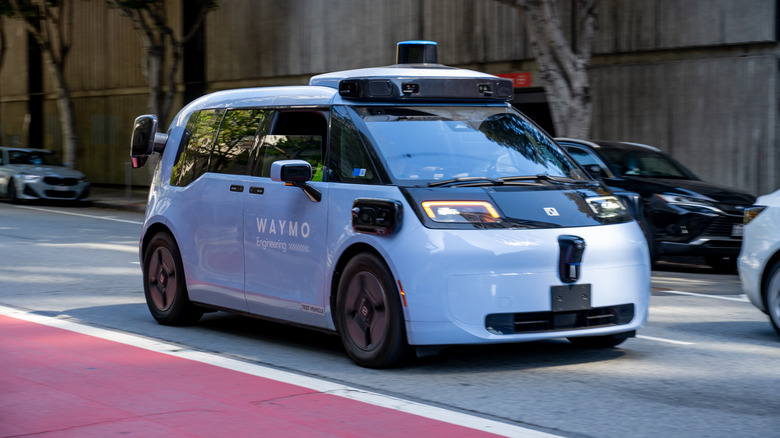
There are various levels of autonomous driving, and Waymo's specific tech is called Driver, a system that utilizes detailed maps to consistently track its location, even if GPS isn't working. This system can also detect the area surrounding it, taking note of pedestrians, other vehicles, and even the colors of traffic signals. Thanks to an experience cache that includes real-world driving and simulator time, Waymo Driver can predict what everyone else on the road may do in any given situation.
The hardware built into Waymo's vehicles does a lot of the heavy lifting as well. This includes high-tech cameras positioned to see around the entire car, and exterior sensors that work together to produce a real-time 3D view. There's also a radar system that can determine the speed and distance of surrounding vehicles. These systems are all tied together by the onboard computer, which is so strong that it's actually server-grade. Processing information gathered from the car's software and hardware, Waymo is able to find and follow the safest driving directions.
While an autonomous driving vehicle might be scary to some, Waymo boasts some impressive safety statistics. When comparing a human driver over the exact distance in the company's current service areas, Waymo has 88 percent fewer cases of accidents with serious injury. In fact, Waymo's reported incidents also include far fewer accidents involving pedestrians, cyclists, and airbag deployments than those of human drivers.
Want the latest in tech and auto trends? Subscribe to our free newsletter for the latest headlines, expert guides, and how-to tips, one email at a time.
Read the original article on SlashGear.
